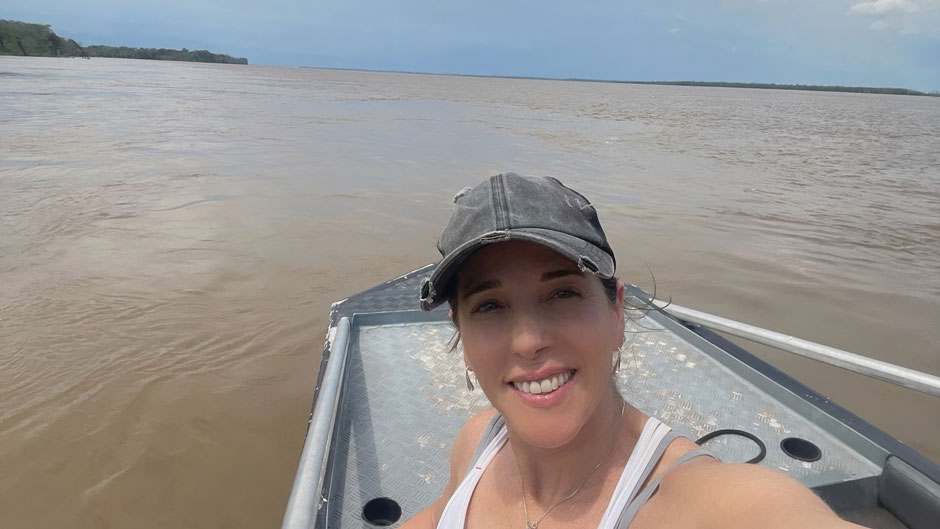New discoveries about how mosquitoes mate may help the fight against malaria
University of WashingtonSurprising details about mosquito mating could lead to improved malaria control techniques and help develop precision drone flight. A paper published Aug. 30 in Current Biology revealed that when a male Anopheles coluzzii mosquito hears the sound of female-specific wingbeats, his eyes “activate” and he visually scans the immediate vicinity for a potential mate.



















